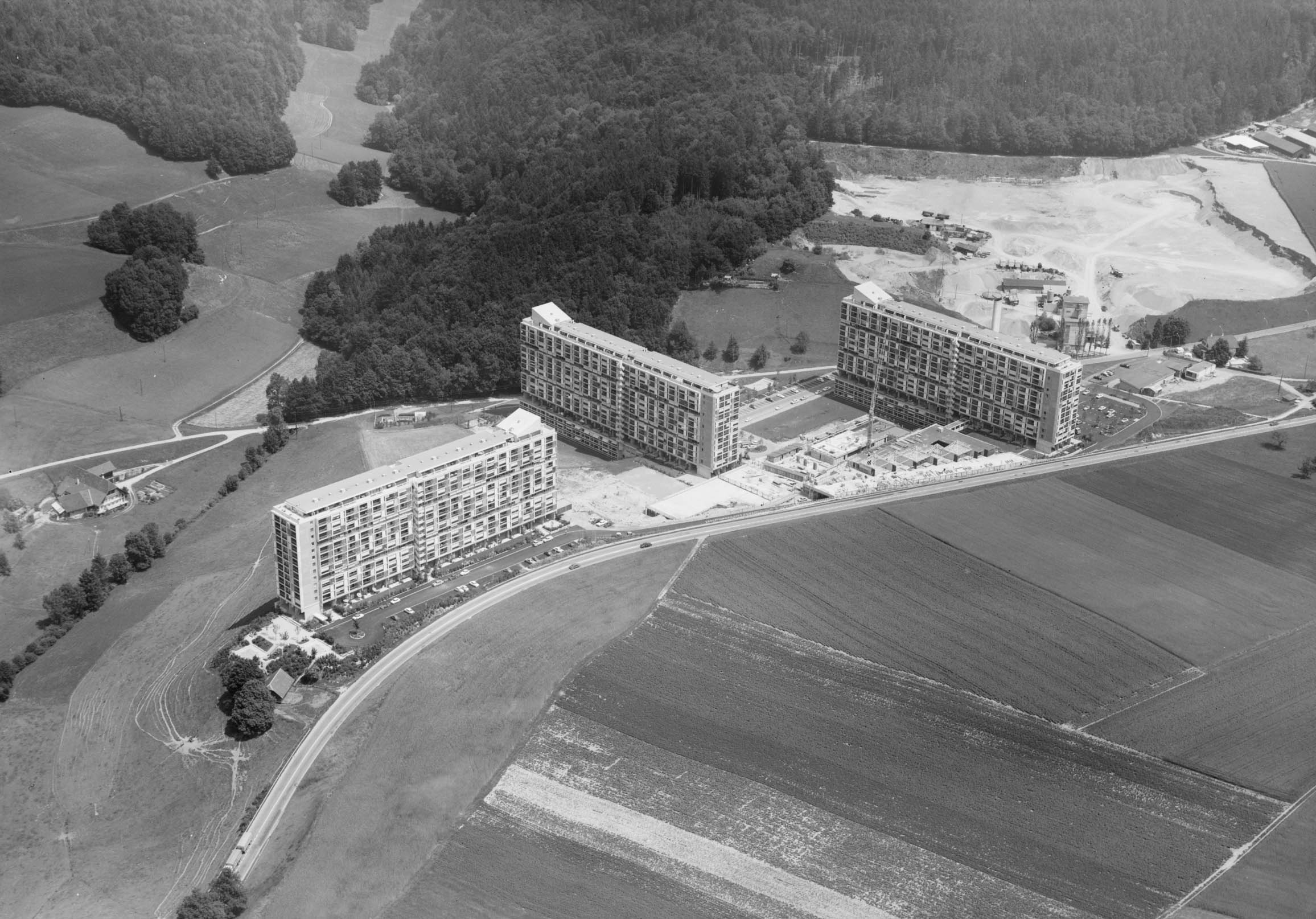System and Series. Swiss System Buildings between Social Utopia, Pressure of use and Monument Conservation

Modular building systems have been extremely popular in the 20th century and continue to impact on architects‘ work today due to their innovation in rationalization and design principals. With a high number and spread of serially produced buildings on one hand, and their importance for architectural and social history on the other hand, their current relevance is clear.
The very limited debate on Swiss system buildings of the 1940s to 1970s and the evaluation of single objects and ensembles in terms of monument conservation typically focus on constructive, design and urban planning aspects. Often neglected, however, is the testimonial value of this architecture as a «social project» of the post-war period and as an expression of a then new relationship between people, society and technology.
As part of the ICOMOS Suisse working group «System and Series», the sociological project focuses on the cultural and social dimensions of modular building systems. The research takes as its starting point the assumption that the built environment as well as its planning and public discussion can be understood as a burning glass through which a visionary human image prevailing at that time or one that needs to be optimized, as well ideas of a «good society» can be studied. The empirical basis of the observations is formed by essays, criticisms and articles by the architects of the time in Swiss journals, publications in the national press and the architectural firms' own communication and advertising media.